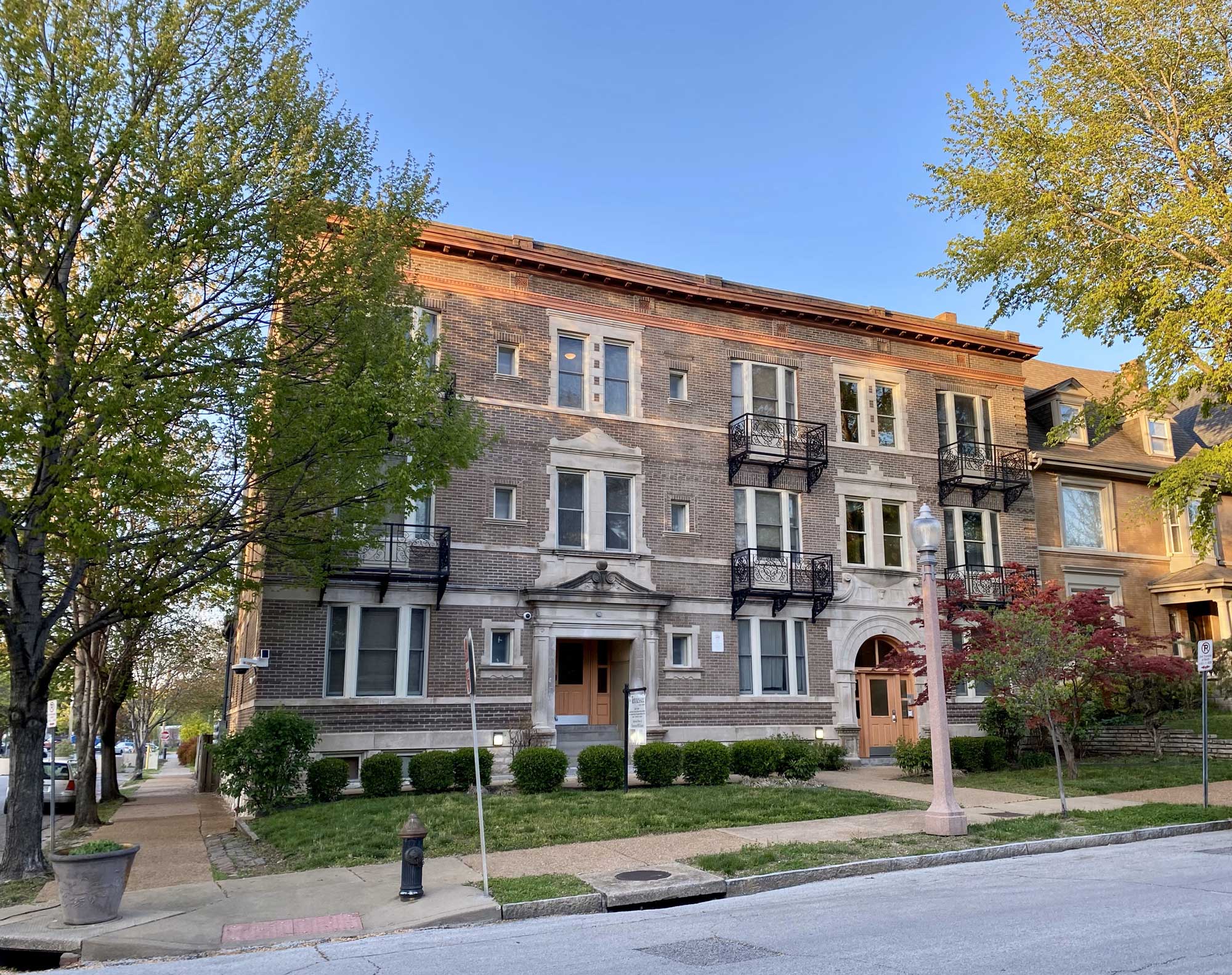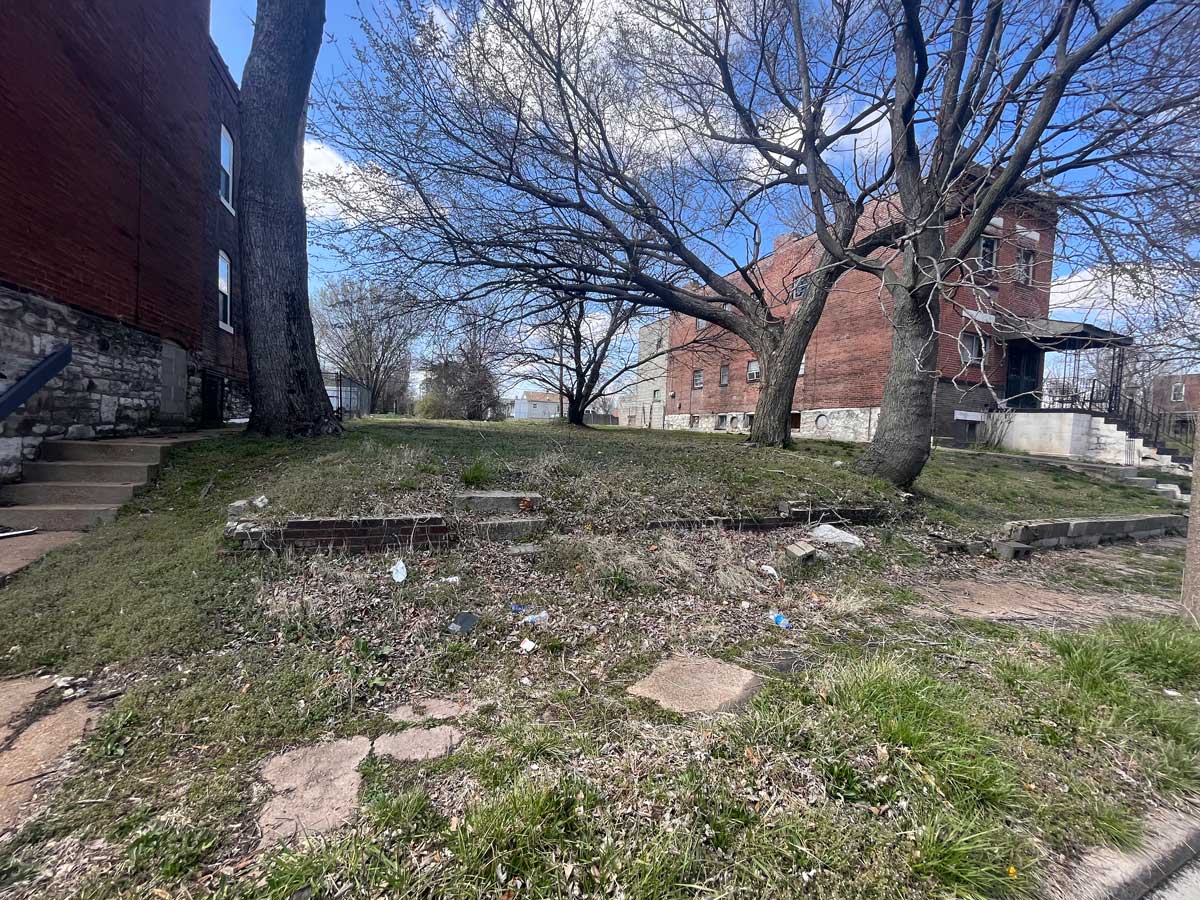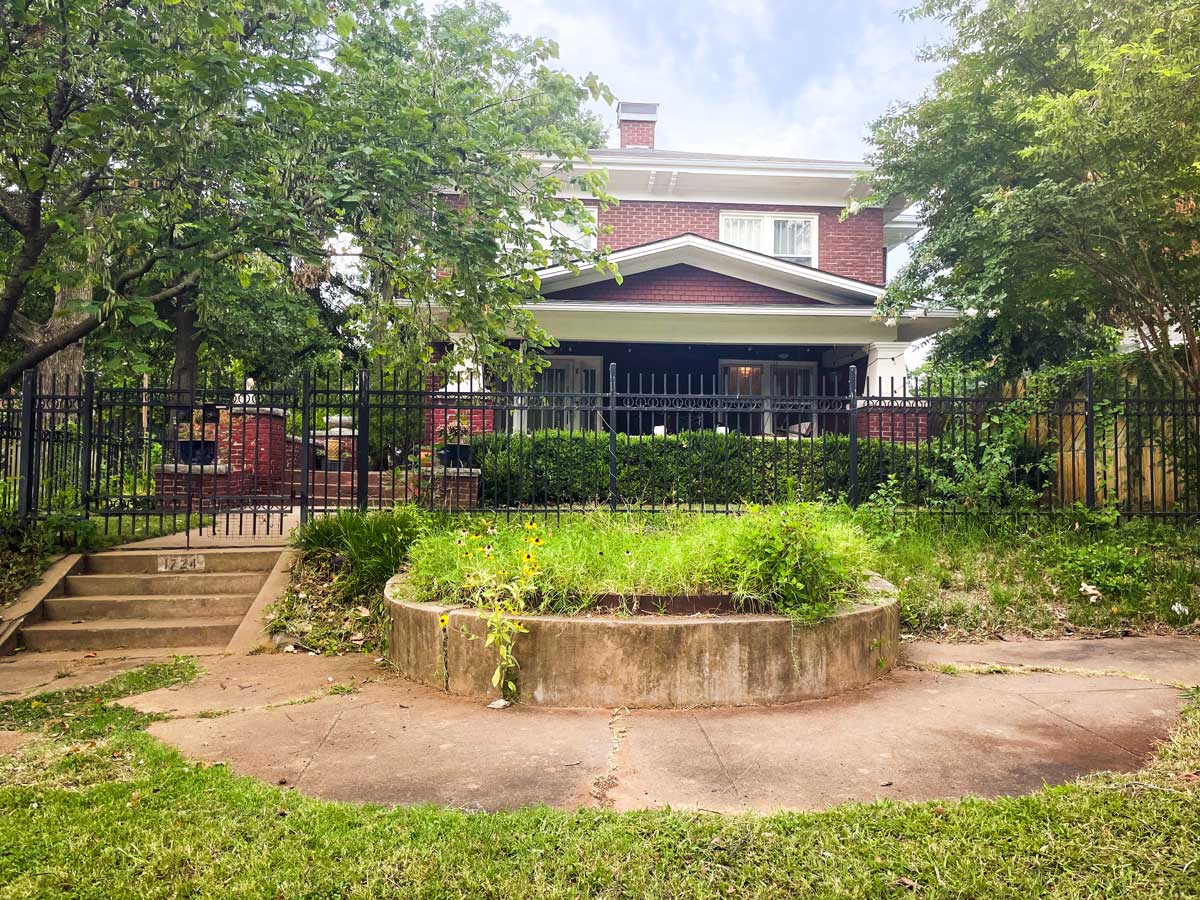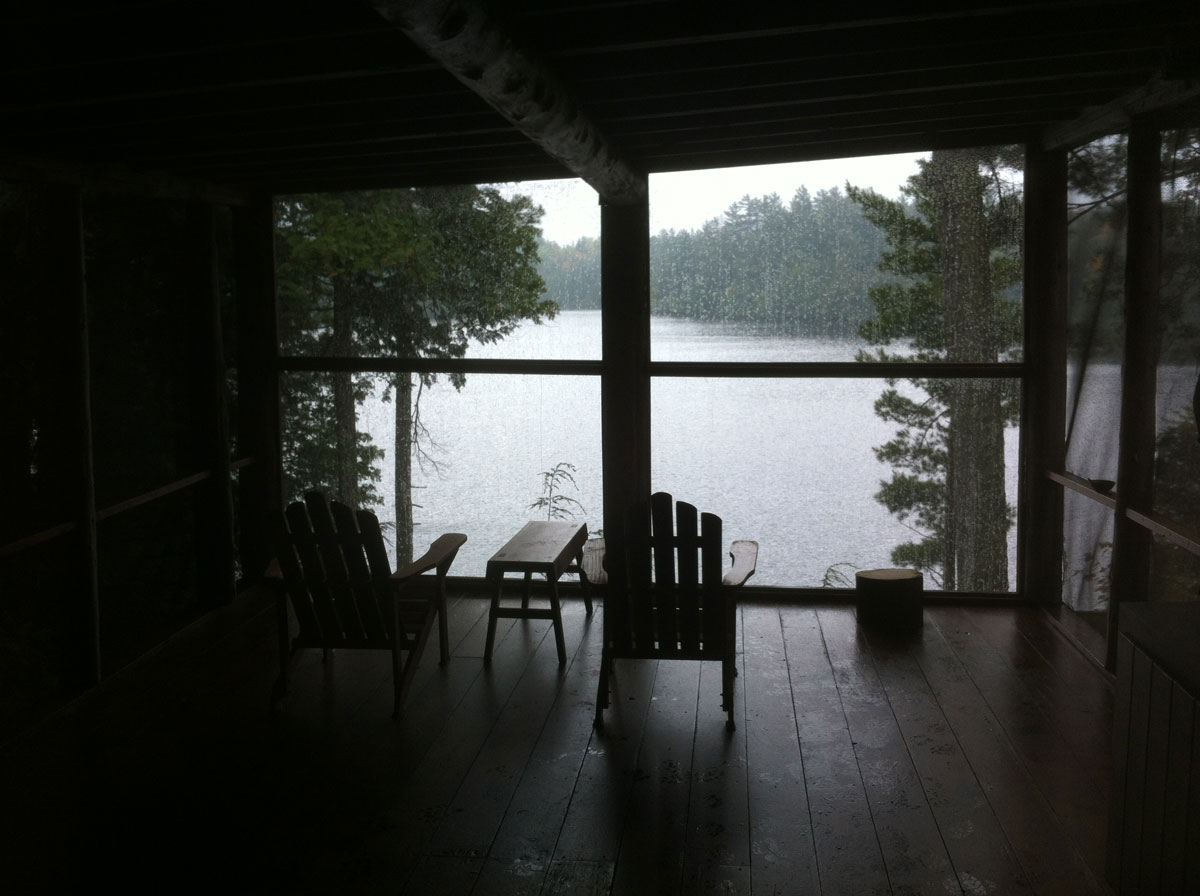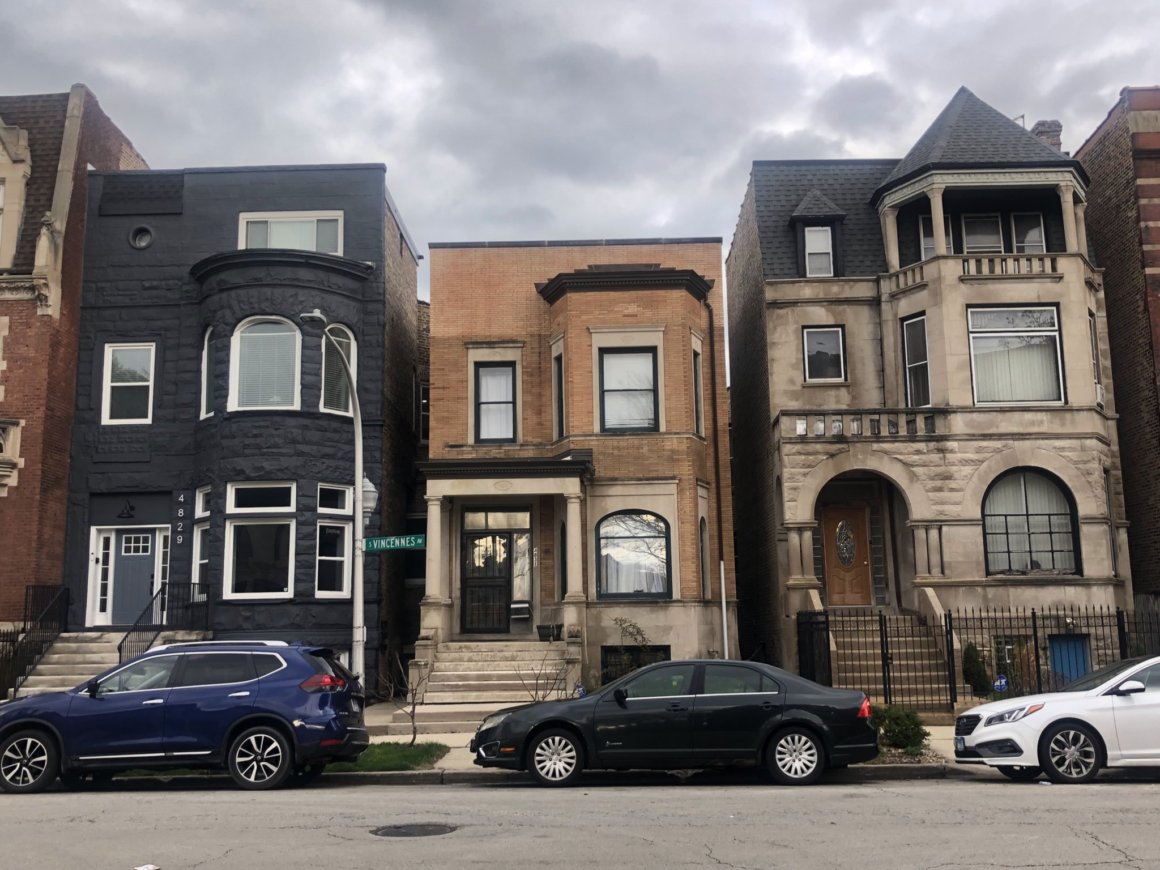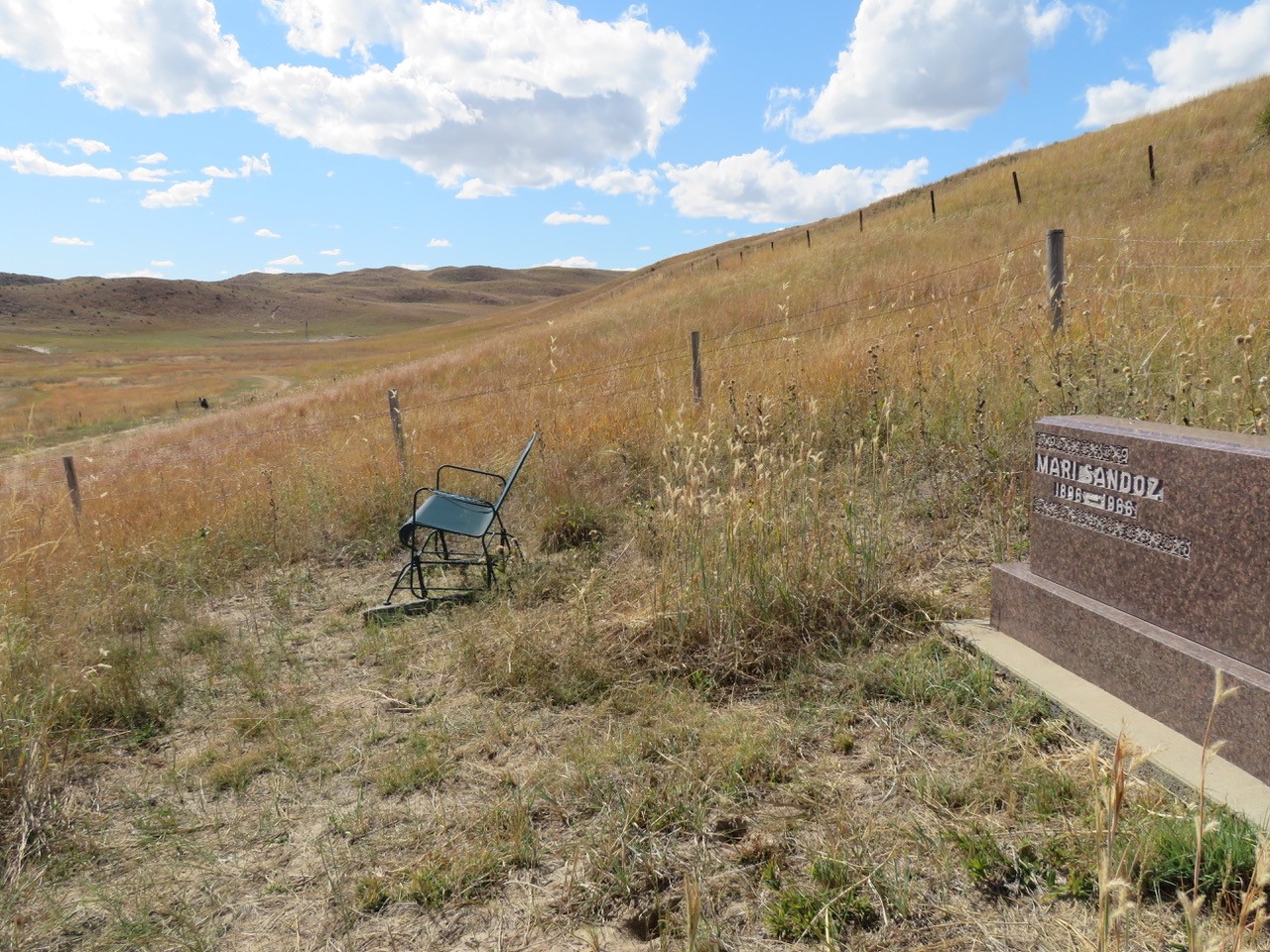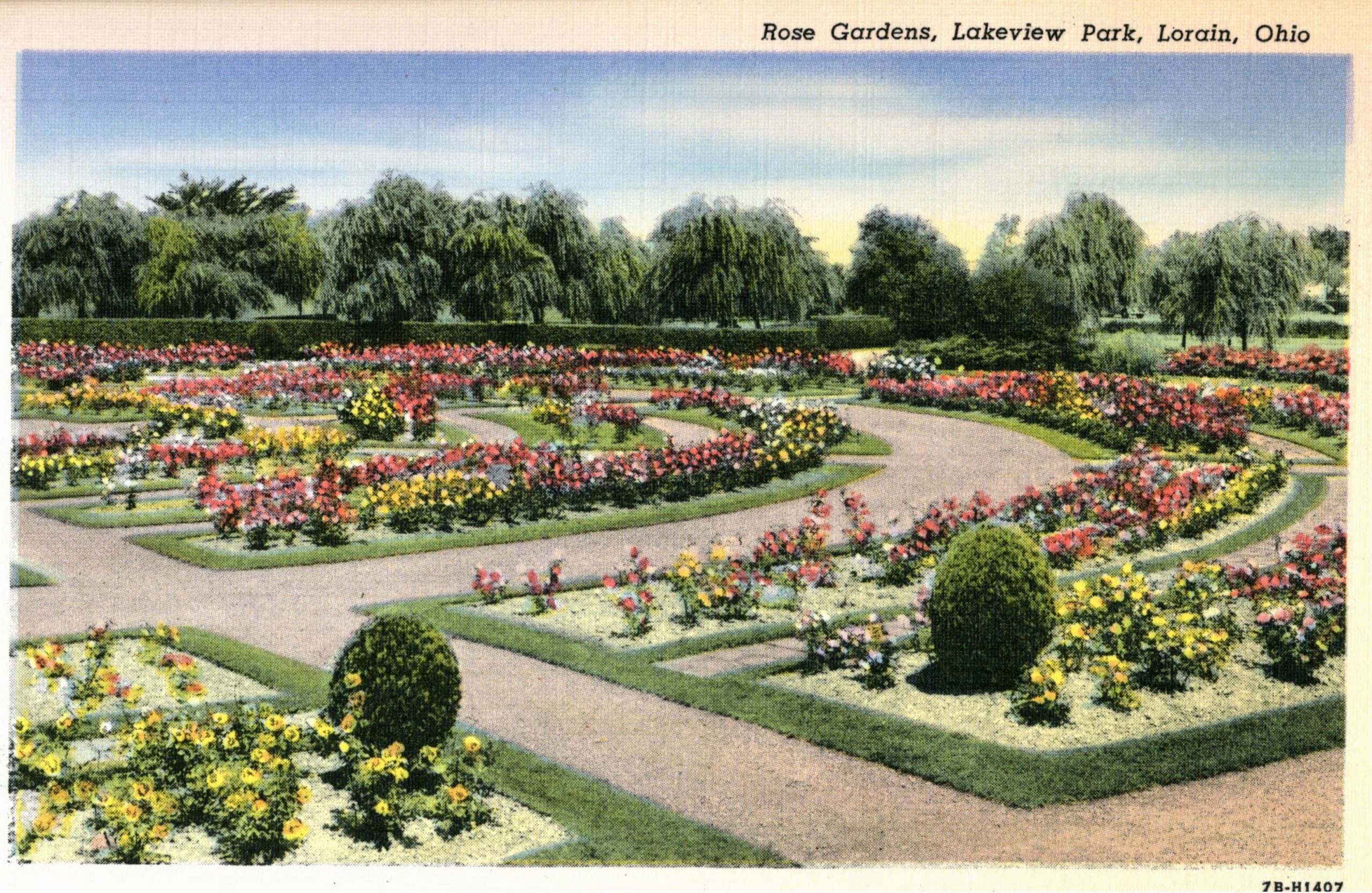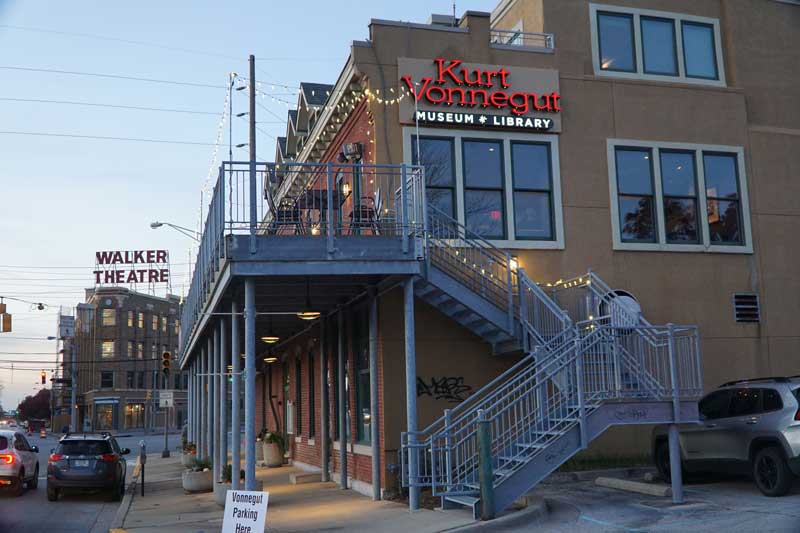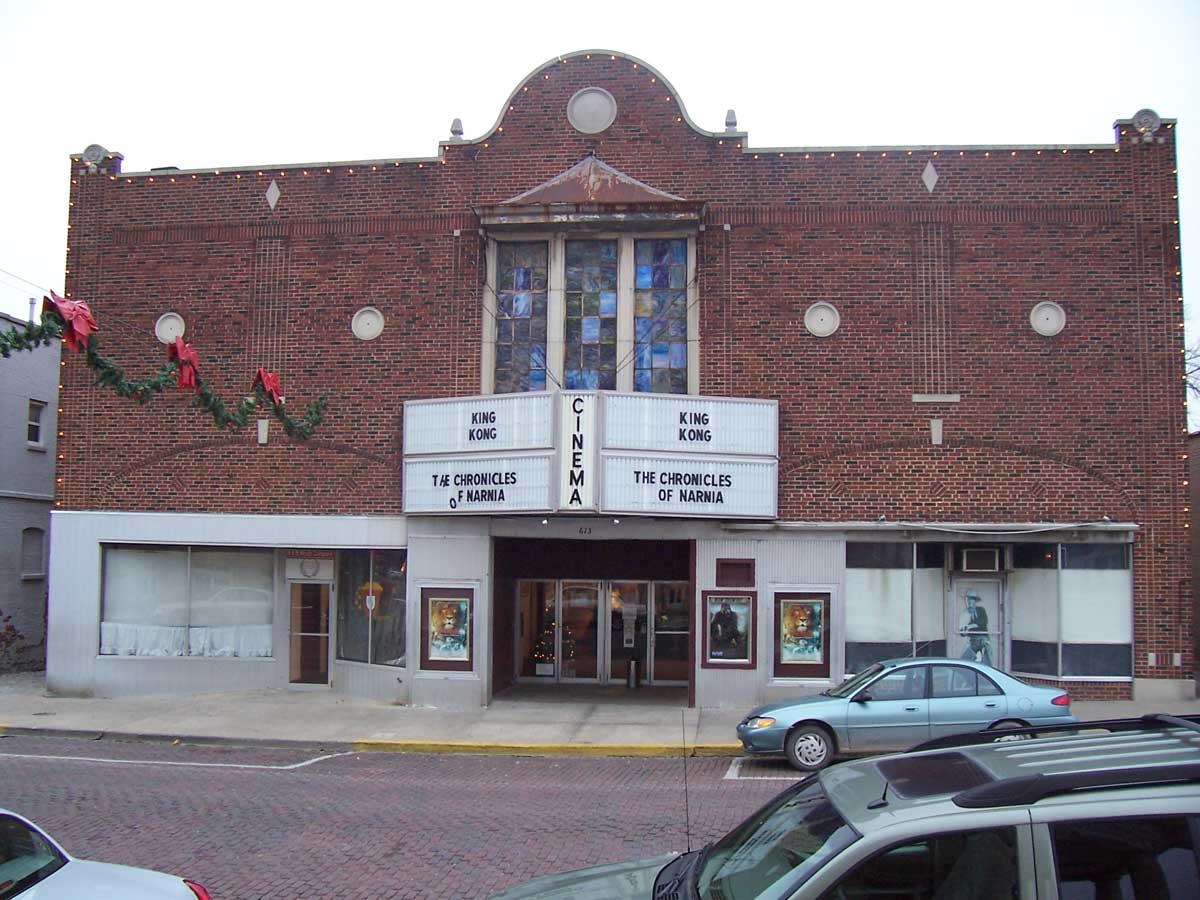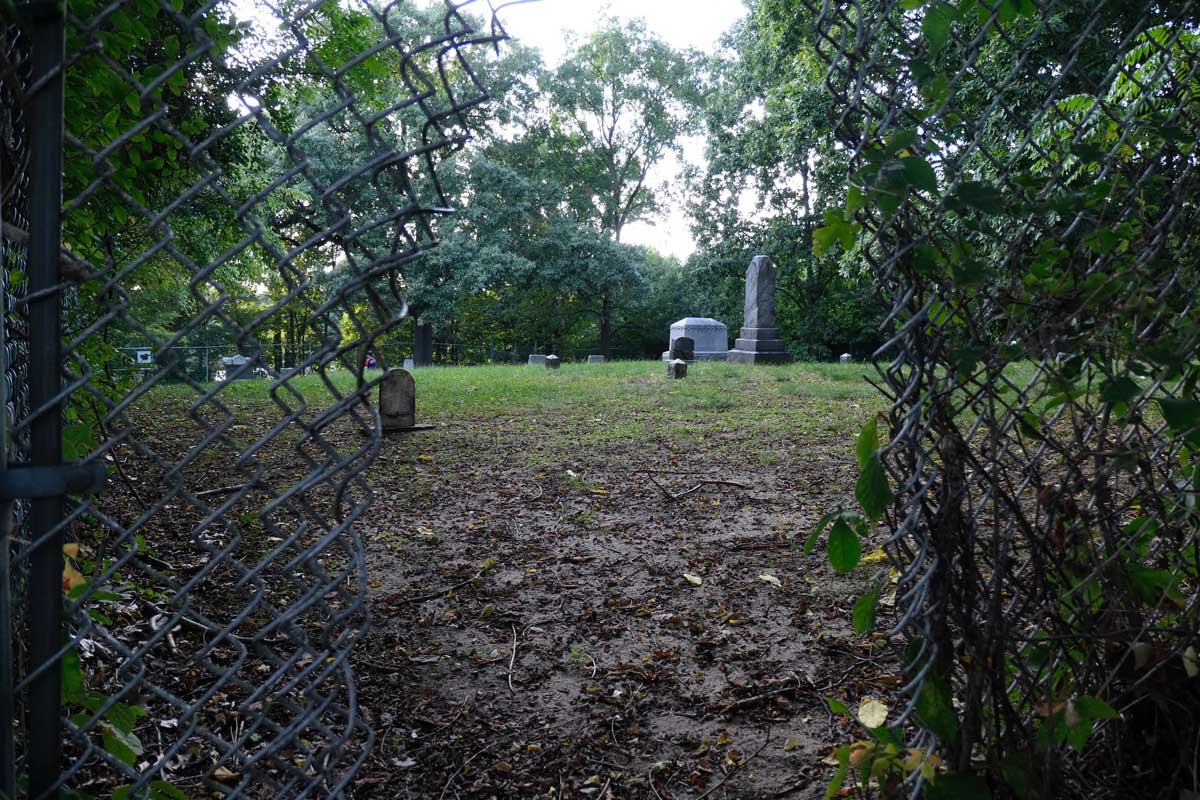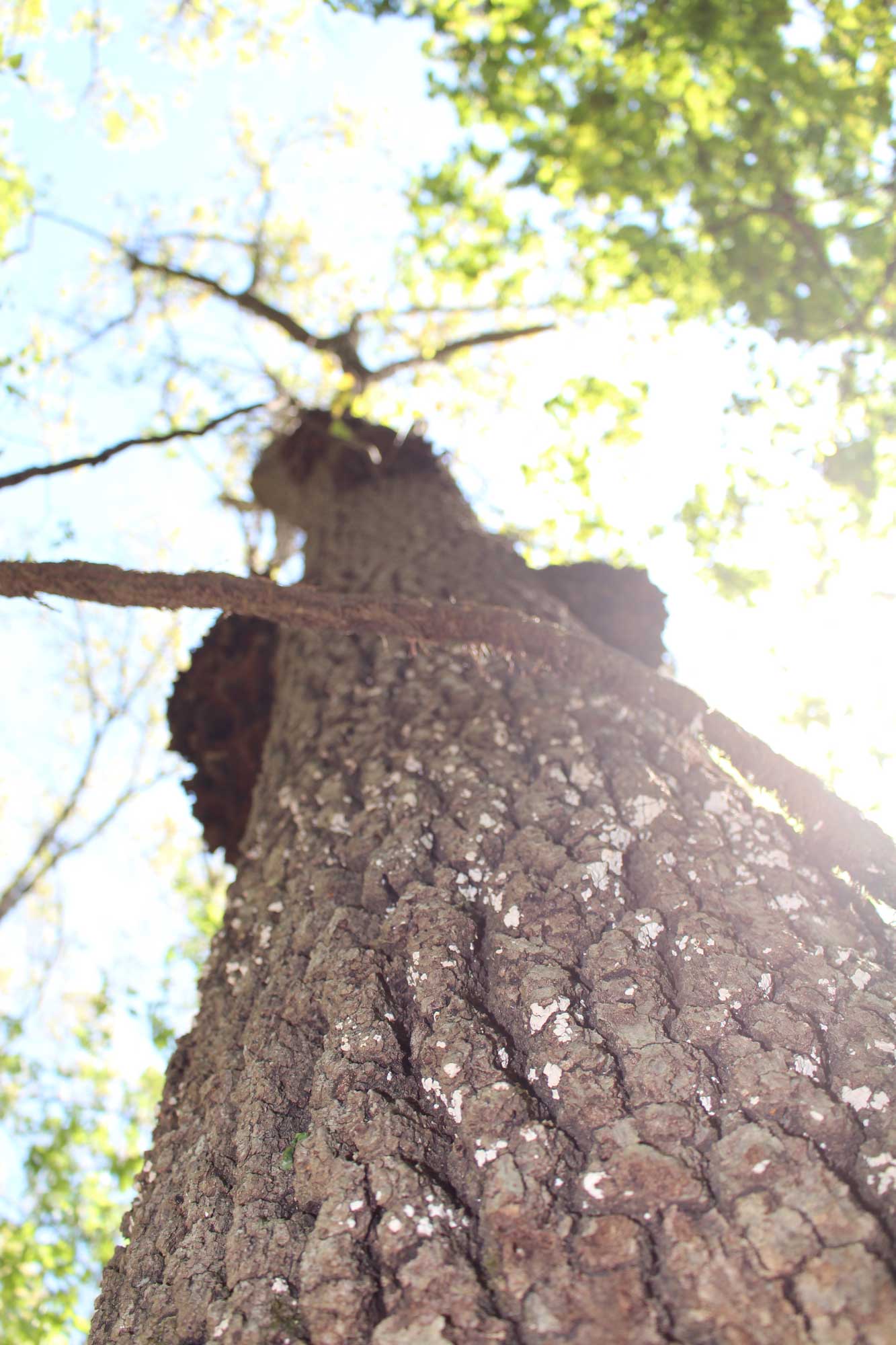Tennessee Williams
4633 Westminster Place
St. Louis, Missouri
By Devin Thomas O’Shea
Tennessee Williams called St. Louis “cold, smug, complacent, intolerant, stupid and provincial,” in a 1947 interview with the St. Louis Post-Dispatch, playing the heel to his childhood home as he was on his way to becoming one of the most influential and celebrated American playwrights of the twentieth century.
Williams’ relationship to the Midwest is the antithesis of The New Territory’s ethos, “Here is Good.” For Tom, as he was known as a young man, here was very bad. But the repression St. Louis represented was a creative pressure cooker, according to Henry Schvey in Blue Song: St. Louis in the Life and Work of Tennessee Williams. Wild birds would become a ubiquitous symbol throughout Williams’ work: “I feel uncomfortable in the house with Dad when I know he thinks I’m a hopeless loafer,” Tom journaled. “Soon as I gather my forces (and I shall!) I must make a definite break… I have pinned pictures of wild birds on my lavatory screen — significant — I’m anxious to escape — But where & how? — . . . What a terrible trap to be caught in!”
Williams nicknamed his river city home “Saint Pollution” and indeed, the city had a few characteristics of a sulfuric runoff swamp. In the 1920s, St. Louis was the fourth largest city in America, following New York, Chicago, and Philadelphia, and it was one of the most polluted urban spaces on the planet, culminating in “the day the sun didn’t shine,” in November 1939.
On “Black Tuesday,” as it came to be known, a weather pattern trapped coal emissions close to the ground, blanketing the entire city in a thick smog that smelled of ash. The streetlamps were lit all day, and in his poem “Demon Smoke,” written in 1925, Williams captured the noisy, smelly, industrialized hellscape:
crash and clap of Olive Street
Where nature and man’s work compete
For mastery in the dingy sky;
Where clouds of smoke
And jets of steam
Defy pure air and sunlight’s gleam.
Saint Pollution was no place for wild birds, though as Schvey points out, Tom’s true antagonist lay “not in the physical city, but within his own family.” His father, Cornelius C. Williams, was either absent, drunk, abusive or some combination of all three. Tom’s mother, Edwina Williams, was a repressed socialite never contented with her station in St. Louis society. Tom’s older sister, Rose, was schizophrenic — diagnosed with “dementia praecox” and confined to a mental institution in Farmington Missouri. “She is like a person half-asleep now,” Tom wrote of his sister. “Quiet, gentle and thank God — not in any way revolting like so many of the others.”
All three members of the Williams family were inspiration for various characters throughout Williams’ writing career. “So much of this writer’s work was forged in a crucible of anger and self-conscious rebellion against both family and home,” Schvey writes.
The smokestacks poisoning downtown with demonic coal ash caused all kinds of people to flee west, touching off St. Louis’ westward suburbia as early as the 1880s. The rich built mansion neighborhoods in the clean air, at the periphery of the city, like the Central West End where the Williams family lived for a time, which is now the site of the Tennessee Williams Festival.
In 2021, confronted with COVID-19 restrictions, the festival staged a production of The Glass Menagerie outside of Williams’ childhood home on Westminster Avenue. The production made use of the fire escapes that Williams once walked on, which inspired scenes in the play, as part of the outdoor theater set.
When the Williams family moved out of Westminster Place to their residence on South Taylor, Tom noted the “radical step down in the social scale, a thing we’d never had to consider in Mississippi; and all our former friends dropped us completely — St. Louis being a place where location of residence was of prime importance.” A sensitive, shy Tom Williams seemed to adopt many of his mother’s opinions of the city. “Social status in St. Louis depended on how much money you possessed,” Edwina Williams complained in her memoir Remember Me to Tom. His mother’s inveterate disdain for the city was based largely on her failure to find a social position equivalent to what she possessed as the rector’s beautiful daughter in her previous homes, Columbus and Clarksdale.
Meanwhile, Tom’s father Cornelius was often drunk and fighting with Edwina — complaining loudly about his wife’s disdain for sexual intercourse, warring over the bottle hidden behind the bathtub. Williams describes a Cornelius-like figure in his short story, “Hot Milk at Three in the Morning,” noting that his father often entered the house with “the intention of tearing it down from the inside.”
With this kind of family life, surely a bookish young man could find sanctuary in school, right? As the historian David Loth points out, St. Louis was a booming metropolis known for the “best city school system in the Midwest, and by several years of national ratings, it was considered one of the best school systems in America.” In University City High, Tom learned Latin and received a classical education in art, reading, and writing, but he was teased for his southern accent and “effeminate” manner.
College was not much better. Williams was so ashamed of failing to graduate from Washington University that he omitted mention of his enrollment from his memoir. “I was a very slight youth,” Williams describes himself. A young man beginning to come into his queer sexuality, he writes, “somewhere deep in my nerves there was imprisoned a young girl, a sort of blushing school maiden.”
“Williams was addicted to escaping St. Louis from first to last,” Schvey writes in Blue Song. “It was the great triumph of his life that, unlike his sister, he did manage to literally leave it behind.” After a lifetime of flight, it seems ironic that Williams would be returned to Missouri and buried in Calvary Cemetery alongside his family, but as Schvey notes, “Williams remained tethered to the city for the rest of his life… It was his tragedy that for all his desperate attempts, Tom Williams never really left home. The imagination and willpower that allowed him to devote his life to writing also kept forcing him to return home again in his imagination.”
The restrictive turmoil of the city is a symbolic throughline in William’s work — a wound he returned to over and over.
The Tennessee Williams Festival now carries on his legacy in the Central West End, projecting the author’s words from the cast iron balconies of his former home. A sculpture of the writer decorates the corner of McPherson and Euclid Avenue, across the street from the historic Left Bank Books, capturing a moment in bronze of Williams emphasizing something profound with a cigarette. But St. Louis still owes a debt to Tom Williams — an obligation to prevent yesterday’s traumas and protect the city’s LGBTQ+ community, its wild birds, and its artists.
Devin’s writing is published in Slate, The Nation, The Emerson Review, Chicago Quarterly Review, and elsewhere. @devintoshea on twitter, @devintoshea on instagram.

